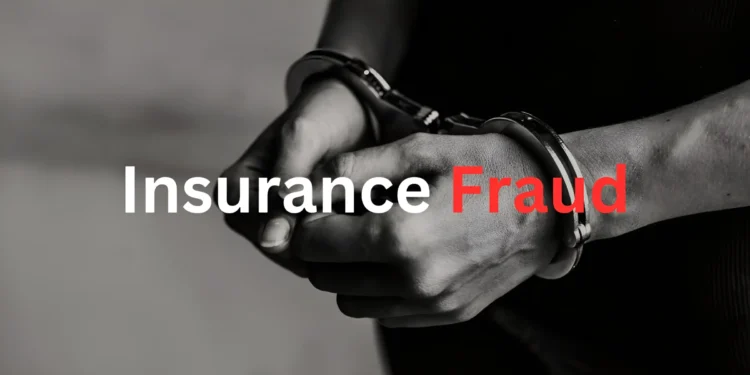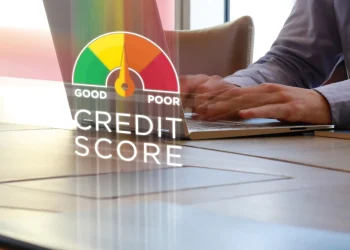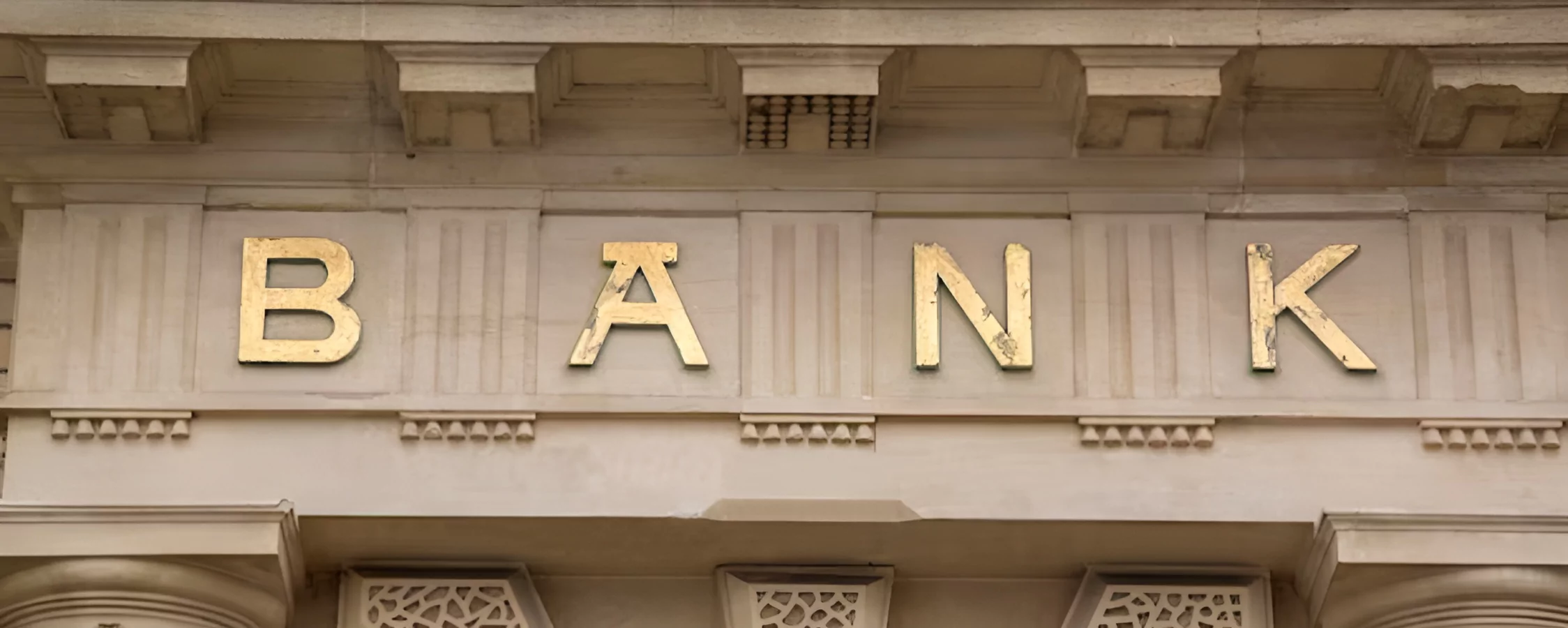Whether faking an accident, inflating injuries, or lying on forms, insurance fraud aims to illegally profit at others’ expense. This article exposes the most common scams, from staged slip-and-falls to phantom ailments. Discover how fraud impacts costs and why insurers deploy forensic tools to catch con artists. The penalties for fraudsters caught in the act may surprise you too. Learn the truth about tricks some will try for a payout and how the industry fights back to protect honest policyholders.
What is Insurance Fraud?
Insurance fraud refers to intentionally deceiving or misrepresenting information to insurance companies to wrongfully obtain money, benefits, or coverage. It includes falsifying details about accidents or medical ailments, staging events to trigger claims payouts, or continuing to claim benefits for pretended injuries or illnesses. While common motives involve financial gain, some fraud also stems from resenting insurers or seeking attention. However, all such acts breach fiduciary relationships based on trust and honesty in insurance contracts.
Insurance fraud wastes sector resources undermines risk-pooling principles, and increases premiums for genuine policyholders over time due to higher associated claims costs. Perpetrators also face criminal and civil penalties if caught. Though definitions vary cross-jurisdictionally, common categories include claims fraud, application fraud, and premium/billing fraud. Regardless, any deception aimed at swindling insurers constitutes insurance fraud hurting all industry stakeholders in the long run.
What are Common Types of Claims Fraud?

One significant type involves faking or exaggerating accident/health insurance claims by staging events or injuries to generate payouts dishonestly. Popular ruses entail pretending slip-and-fall accidents anywhere from grocery stores to public parks. Other scenarios involve feigning vehicle collisions while passengers secretly drive wrecked cars to mimic crashes. Still, some fabricate entire patient histories, hospitalization details, or symptoms to receive treatments/compensation for alleged but non-existent maladies.
Property insurance scams also occur by purposefully damaging insured items to pocket repair/replacement costs afterward. Common deceptions involve simulating burglaries while hiding valuables or burning down buildings oneself for payouts. Crop/livestock insurance fraud also takes place through invented losses never truly suffered. Overall, concocting false claims remains the costliest and most widespread fraudulent tactic abusing insurers’ good faith in claims validation processes.
How Can Application Fraud Mislead Insurers?
Application fraud damages insurers from the onset by concealing pre-existing health conditions, medical treatment histories, job details, identity-related data, or other underwriting factors materially impacting risk assessments and premium pricing. Non-disclosures aim to purchase policies disqualified otherwise or at below-appropriate rates. Some applications fraudulently portray insured persons’ backgrounds, occupations, or family histories too to induce coverage approvals subsequently exploited.
Identity thefts constitute severe violations furnishing phony credentials during application stages. Synthetic identities completely fabricated also bypass screening. Disguising hazardous property features like security systems avoid liability policies’ appropriate restrictions too. Overall, any pre-contract misrepresentation qualifies as application fraud manipulating insurers into unfounded original commitments. Detecting such underwriting deception requires extra vigilance over the submitted forms’ accuracy.
What Involves Premium and Billing Fraud?

All efforts to neglect to pay accurate premium amounts also constitute premium/billing fraud against underwriters. Common variants involve intentionally altering odometer readings/mileages to pay lower auto rates, or faking household compositions/relationships to access family plan discounts immorally. Some fabricate entire identities solely to remit a single premium payment before allowing policies to deliberately lapse fraudulently.
False claims about policy cancellations also defraud refund requests in certain cases. Systems hacking aims to disrupt billing processes through stolen account/payment data usage as well. Generally, any manipulation impacting amounts owed or paid represents premium/billing fraud diverting funds insurers reasonably expect contractually. Continuous efforts to monitor and validate financial transactions mitigate related criminal activity levels.
How Can Insurers Detect Fraud Schemes?
Insurers develop robust detection systems recognizing patterns across internal/external databases flagging suspect activities requiring investigation. Comprehensive claims reviews check documents’ authenticity and plausibility. Coordinating with local authorities and connecting tips from service providers/neighbors assist in validating events. Check injury sites, medical records, and witness statements too.
Data analytics pinpoint statistically abnormal patterns contrasting peers. Predictive models identify attributes historically predictive of fraud for examination. Video-monitoring public places deters fake incidents. Verifying applicant details against public records helps too, as random policy/billing audits. Partnerships between insurers also exchange intelligence improving collective safeguards. Technology enhances monitoring while oversight and public awareness counter fraudulent tendencies in the long term.
What Legal Consequences Can Insurance Fraud Entail?

All 50 U.S. states along with many international jurisdictions criminalize insurance fraud through specific anti-fraud statutes. Criminal charges vary depending on local insurance and criminal codes but often constitute felonies punishable by imprisonment anywhere between 1 and 20 years along with hefty monetary penalties. Fraudsters also face civil lawsuits to recover stolen payouts and legal costs.
Health insurance fraud often earns stiffer penalties given its impact skewing healthcare infrastructure. Professional license revocations commonly accompany fraud by medical practitioners too. Criminal prosecution remains a last resort though – insurers first self-regulate via claim rejection, coverage termination, rate revisions, restitution, and cooperation with state insurance departments and attorney generals conducting investigations over dubious patterns. Overall, strict legal repercussions aim to deter activities damaging the insurance sector’s integrity.
How Does Prevention Help Curb Insurance Fraud?
Comprehensive prevention remains key to protecting insurers and policyholder interests from undue losses over time. Checking application authenticity, deploying analytical engines, training staff vigilance, and public awareness programs collectively hinder opportunities and motivations for fraud. Partnering with law enforcement and sharing investigative aids also helps nip criminal plans early. Implementing technology aiding systematic documentation, auditing, and tracking across processes plugs leakage points.
Regulators also support prevention by finding regulatory sandboxes by experimenting with newer verification techniques. Credentialing agents prevent intermediary abuse. Making penalties certain while educating on ethics promotes policyholder honesty as well in the long run. Some insurers incentivize vigilance against fraud too through monetary rewards programs. Overall, multifaceted strategies leveraging resources wisely realize the best system integrity minimizing deceit burdens over time.
Conclusion | Insurance Fraud
In conclusion, “What is Insurance Fraud” encapsulates a range of deceptive practices undermining an industry based on trust. While motives for fraud vary, consequences affect all stakeholders necessitating a coordinated response between insurers, regulators, and policymakers. Comprehensive prevention focusing on deterrence through detection and accountability remains fundamental to curbing fraudulent activities into the future.













